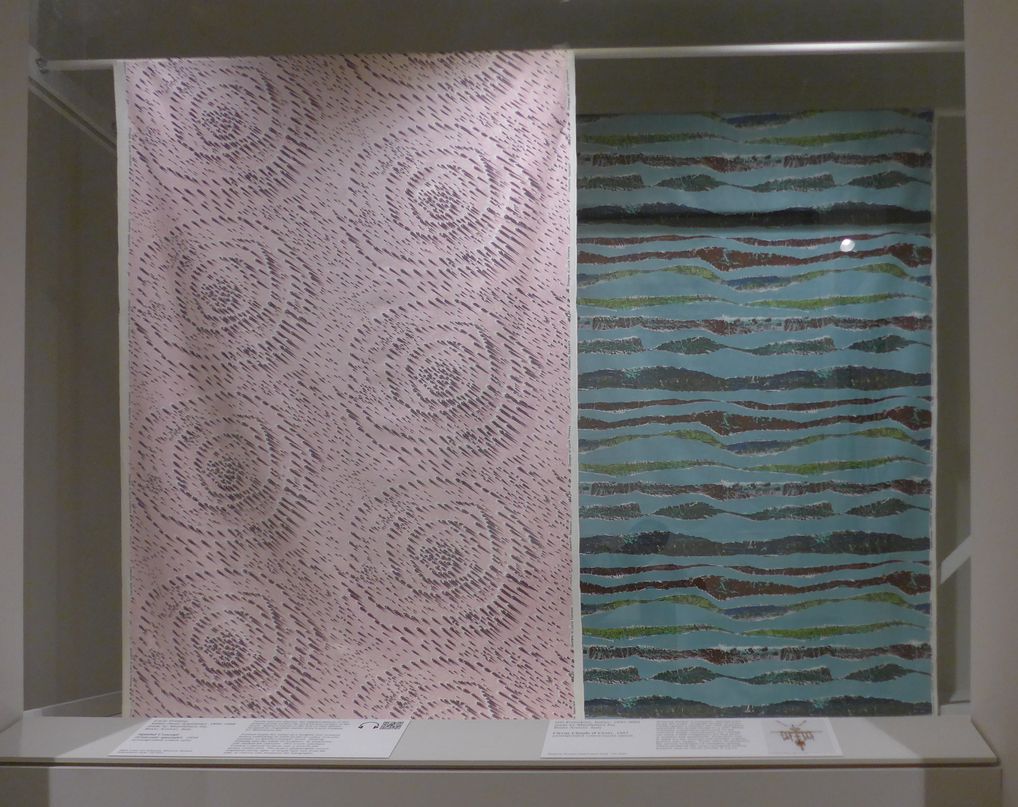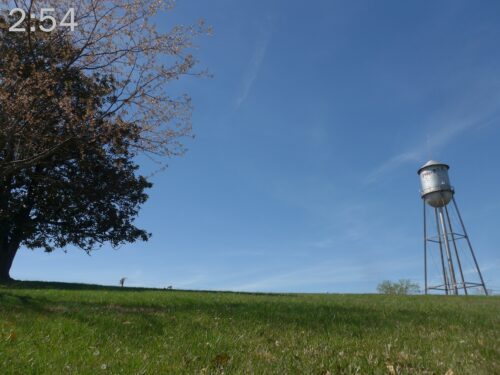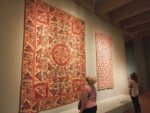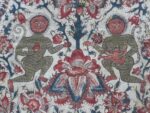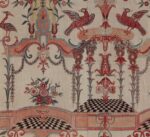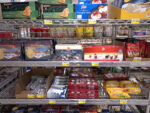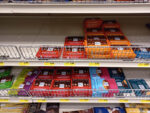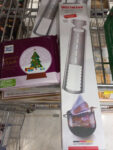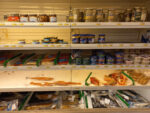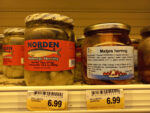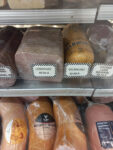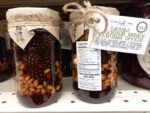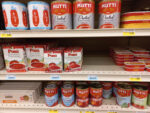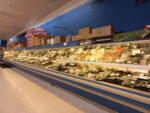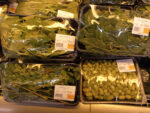Whatever happend to colors?
The St. Louis Art Museum only has one small gallery for textiles but its exhibitions are always miniature showstoppers. This one was on commercial fabrics which is a topic you rarely see even in design museums. The focus was on the U.S., U.K. and Italy 1940 to 1970 and it really showed how little flair we have around us nowadays. There’s multiple photos because I really need you to see the patterns as a whole as well as close up so you can see the texture. Otherwise it’s like watching a TV from across the street!
On the left is a pattern from 1954 called Concetto spaziale (Spacial concept) by the artist Lucio Fontana who’s known for distorting and slicing canvases rather than just painting them. The raised texture is an illusion on plain flat cotton printed with an ethereal pastel pink and murky dull eggplant. The design on the right was the winner of a competition in Italy in 1957 that got five thousand submissions.
